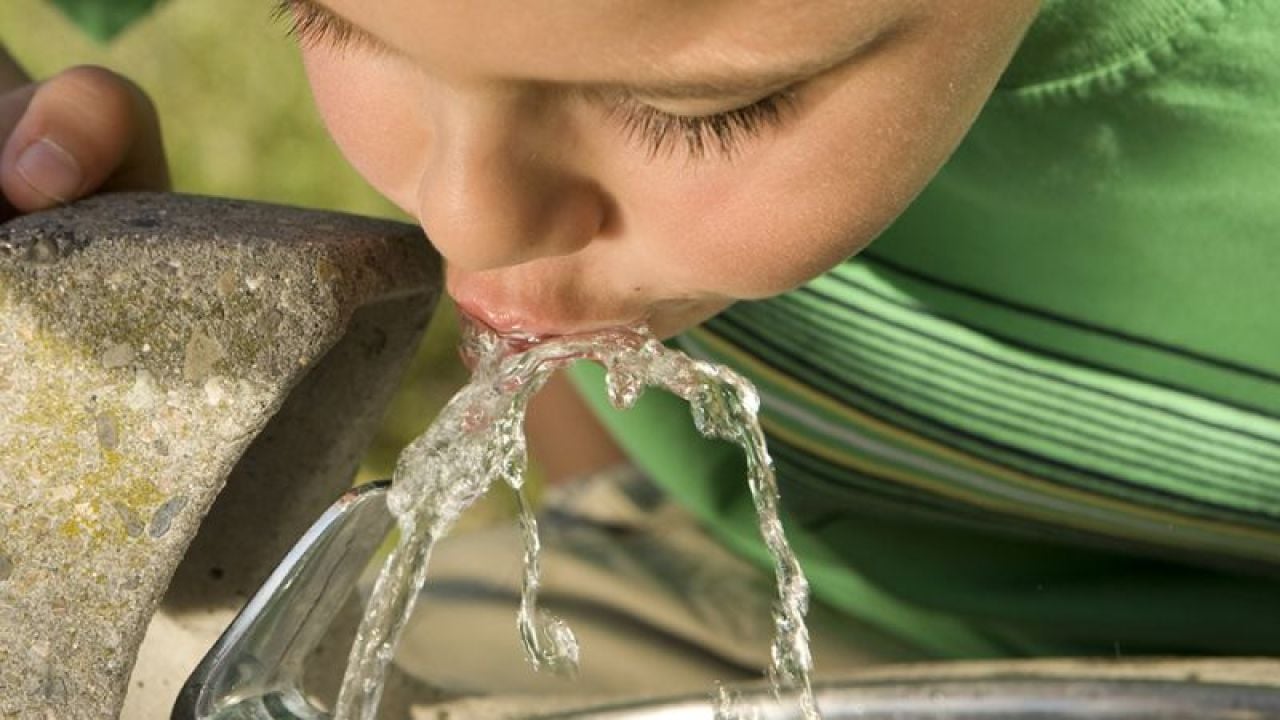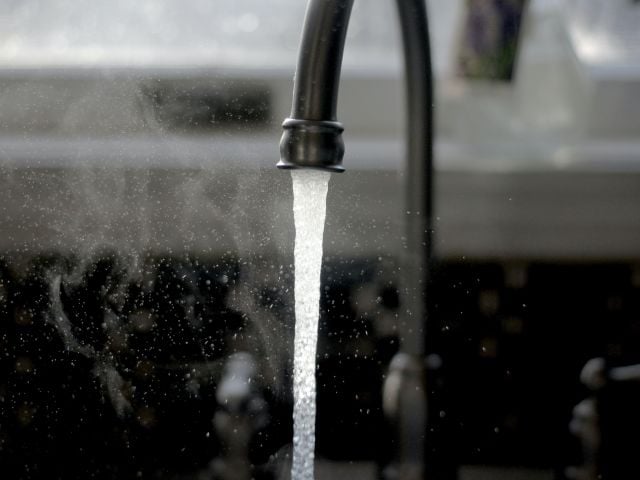
A first-time study of the link between early-life exposure to lead in private water wells and juvenile delinquency finds that children who get lead-laced drinking water from private wells have much higher delinquency risks than children drinking water from public supplies.
The study, led by researchers at Indiana University, Bloomington, shows that even at very low levels, lead exposure can have serious real-world consequences for those affected. It concludes that children relying on private well water are 21 percent more likely to develop any delinquency, and have a 38 percent increased risk of serious delinquency.
The researchers found that children in homes relying on private well water have an 11 percent higher blood lead level than those depending on community water systems.
The study examined blood lead levels for about 13,600 kids under age 6 in the context of their drinking water source, family- and community-level demographics, and reports of juvenile delinquency records – official complaints against kids between age 14 and adulthood.
The study also showed that any early lead exposure, regardless of the source, raises the chances of being reported for teen juvenile delinquency: The number of complaints and serious complaints to rose as early-life blood lead level went up.
The “lack of access to a regulated community water supply may be an underrecognized insufficiently controlled” and significant source of children’s lead exposure risk, says the study, published in the Proceedings of the National Academy of Sciences journal, or PNAS.
Although the study is not the first to examine the connection between blood lead level and teen behavioral problems or increased risk of adult criminal behavior, it is unique in assessing early-life exposure and later delinquency with lead-tainted drinking water.
There is no safe level of exposure to lead. It is a potent neurotoxin that can cause brain damage and lowered IQ, among other health problems. Because of their developing bodies, children under age 6 are particularly susceptible to lead exposure.
Two decades of lead water research
The 20-year study is based on a group of about 13,600 children in Wake County, N.C., between 1998 and 2011. The researchers chose Wake County because county water service data is publicly available by residential parcel, and there is high compliance with recommended lead screening. The county also contains a mix of urban, suburban and rural areas.
Of the children with blood samples that met the study requirements – almost all of them – 2,200 children lived in households that relied on private wells, with the rest living in households relying on community water supply.
Lead leaches into drinking water from pipes and plumbing fixtures, because of substances in the groundwater that cause corrosion, such as acid. Private wells are not more prone to leaching, but private well owners are less likely than municipal water utilities to test and treat water. They’re often not aware of the levels of lead – and other contaminants – in their water.
Private wells are not covered under the Safe Drinking Water Act, so tests for drinking water contaminants aren’t required, except for tests for in some areas during construction and real estate deals. The study authors acknowledge that “[t]hose without community water service must be stewards of their own water quality, and few test or treat their water to prevent the dissolution” of lead. This type of quality control is not accessible to people with less income.
In the study, Black children had a nearly 30 percent greater chance of being reported for delinquency, compared to white kids of the same economic status in similar neighborhoods, testament to the role racial inequities play in who gets reported for delinquency.
The difference in lead level results may also reflect disparities in exposure to lead and other contaminants that affect behavior. Even when controlling for other variables that affect lead exposure risk – income, race, age of housing and community demographics – reliance on private well water corresponded to higher blood lead levels.
Problem affects tens of millions in the U.S.
“These results are relevant to the 44 million U.S. residents relying on private well water,” said the study’s lead author, Jacqueline MacDonald Gibson, Ph.D., a professor of environmental and occupational health in Indiana University’s School of Public Health. “They also may be relevant to very small or small community water supplies that may face financial and technical challenges in controlling the corrosively of the water they deliver.”
Federal, state and local policies and regulations must address the human and economic costs of lead exposure. Municipal water treatment systems could be extended to encompass cities and towns near the municipalities but not yet incorporated. Water filters could be supplied to households with contaminated water, perhaps free or at a lower cost for people with lower incomes.
Lead contamination in the U.S. began to decline in the 1970s, when lead was banned in house paint, gasoline and other consumer and industrial uses. But lead exposure remains a problem.
The Environmental Protection Agency has set an action level of 15 parts per billion for lead in water. But that is not a safe level of exposure for children.
Blood lead levels in children are usually detected in screenings during routine doctor visits, but these appointments dropped significantly during the pandemic. The Centers for Disease Control and Prevention estimated in 2020 that elevated blood lead levels in about 10,000 children were not detected in the early part of the pandemic.
Lead exposures today are far lower today than they once were. It’s estimated that half the U.S. population alive today and born between 1951 and 1980 was exposed in early childhood, according to a separate recent study by researchers at Florida State University and Duke University, also published in PNAS. Several million of that population were exposed to five times more lead that the current reference level, or more.
States, EPA take new steps to tackle lead
In 2021, the CDC lowered its recommended reference level for elevated blood lead level to 3.5 micrograms per deciliter.
Last year, California passed laws to require protections against lead exposure, including tests of drinking water for lead in licensed child care facilities and a limitation of allowable lead leaching from drinking water faucets and fixtures sold in the state.
In December, the Biden EPA said it would take steps to tighten limits on lead in drinking water and begin replacing lead pipes. But the funds Congress approved for this work in the bipartisan infrastructure law are not enough to accomplish complete lead service line replacement.



